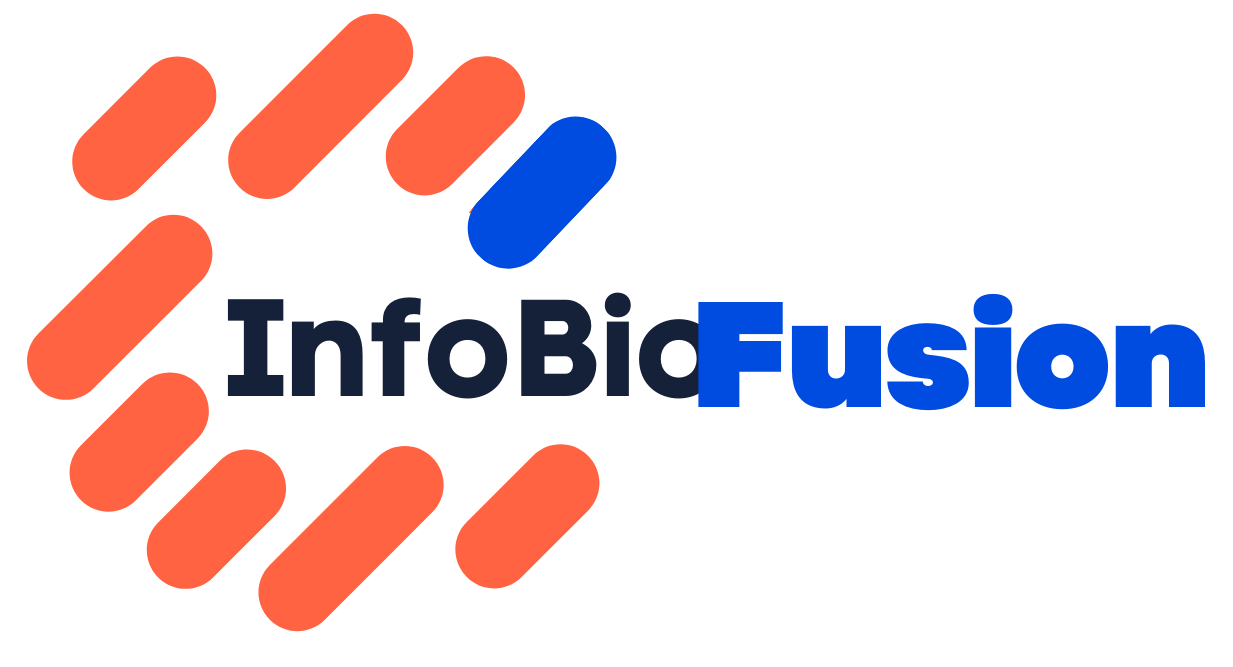In today’s digital age, social media has become a fundamental part of communication, entertainment, and business. With the success of platforms like Facebook, Instagram, and TikTok, many entrepreneurs are considering creating their own social media platforms. If you are wondering how to start a social media website, this guide will walk you through every step, from planning to launch.
1. Define Your Niche and Target Audience
Before jumping into development, it’s crucial to determine the niche and target audience for your social media website. Consider the following questions:
- Who will use your platform? (e.g., professionals, gamers, artists, influencers)
- What unique value will your platform provide?
- What problems will it solve that other social media sites don’t?
By focusing on a specific niche, you can differentiate yourself from competitors and attract a loyal user base.
2. Conduct Market Research
Analyzing existing social media platforms will help you understand user preferences and market gaps. Study the strengths and weaknesses of platforms like Facebook, Twitter, and LinkedIn. Look for user feedback on forums, app stores, and reviews to identify common complaints and unmet needs.
3. Choose the Right Business Model
Your social media website needs a monetization strategy to sustain itself. Here are some common business models:
- Advertising-Based Model: Earn revenue from display ads, sponsored posts, and video ads.
- Subscription Model: Charge users for premium features.
- Freemium Model: Offer a free version with paid upgrades.
- E-commerce Integration: Allow users to buy and sell products within the platform.
- Affiliate Marketing: Partner with brands and earn commissions from referrals.
4. Partner with a Development Company
Building a social media website requires technical expertise. Collaborating with an experienced software development company like Attract Group can streamline the process. They specialize in web and mobile development, ensuring your platform is secure, scalable, and user-friendly.
Attract Group offers services such as:
- Custom social media development
- UI/UX design for an engaging user experience
- API integration for third-party services
- Security enhancements to protect user data
5. Develop a Minimum Viable Product (MVP)
Launching an MVP allows you to test your concept with real users before investing heavily in development. Key features for an MVP include:
- User Profiles: Let users create and customize their profiles.
- Messaging System: Enable private and group chats.
- Content Sharing: Allow users to post text, images, and videos.
- Like, Comment, and Share Features: Encourage user engagement.
- Privacy Settings: Provide options for controlling account visibility.
- Notifications: Keep users informed about interactions and updates.
6. Choose the Right Technology Stack
Selecting the right technology is critical for performance and scalability. Popular choices include:
- Frontend: React.js, Vue.js, or Angular
- Backend: Node.js, Python (Django), Ruby on Rails
- Database: PostgreSQL, MongoDB, Firebase
- Cloud Hosting: AWS, Google Cloud, or Azure
- AI and ML: Integrate artificial intelligence for recommendations and moderation
7. Implement Strong Security Measures
Data privacy and security should be a top priority. To protect user information:
- Use SSL encryption for secure data transmission.
- Implement two-factor authentication (2FA).
- Regularly update software and patch vulnerabilities.
- Ensure compliance with data protection laws like GDPR and CCPA.
8. Design an Engaging User Interface
A well-designed UI can enhance user engagement and retention. Focus on:
- Simple and intuitive navigation
- A visually appealing color scheme
- Mobile responsiveness for seamless browsing on any device
- Fast-loading pages for better user experience
9. Beta Testing and Feedback Collection
Before the full launch, conduct beta testing to identify bugs and usability issues. Invite a small group of users to test the platform and gather their feedback. Use this feedback to make necessary improvements.
10. Develop a Marketing Strategy
After building your social media website, you need a solid marketing plan to attract users. Effective strategies include:
- Social Media Advertising: Promote your platform on Facebook, Instagram, and LinkedIn.
- Influencer Collaborations: Partner with influencers to drive traffic.
- SEO Optimization: Optimize your website for search engines to increase visibility.
- Referral Programs: Encourage existing users to invite friends.
- Content Marketing: Publish blogs, videos, and infographics to attract organic traffic.
11. Monitor Performance and Scale Accordingly
Once your platform gains traction, analyze user behavior and engagement metrics. Use tools like Google Analytics and heatmaps to track user interactions. Based on the data, optimize features, fix issues, and scale your platform to accommodate growth.
Conclusion
Starting a social media website requires careful planning, market research, and technical expertise. By partnering with Attract Group, you can ensure a smooth development process and create a feature-rich platform that stands out. With the right marketing strategies, security measures, and continuous improvements, your social media website can become a successful and thriving community.
If you’re ready to bring your idea to life, take the first step today and start building your platform!
